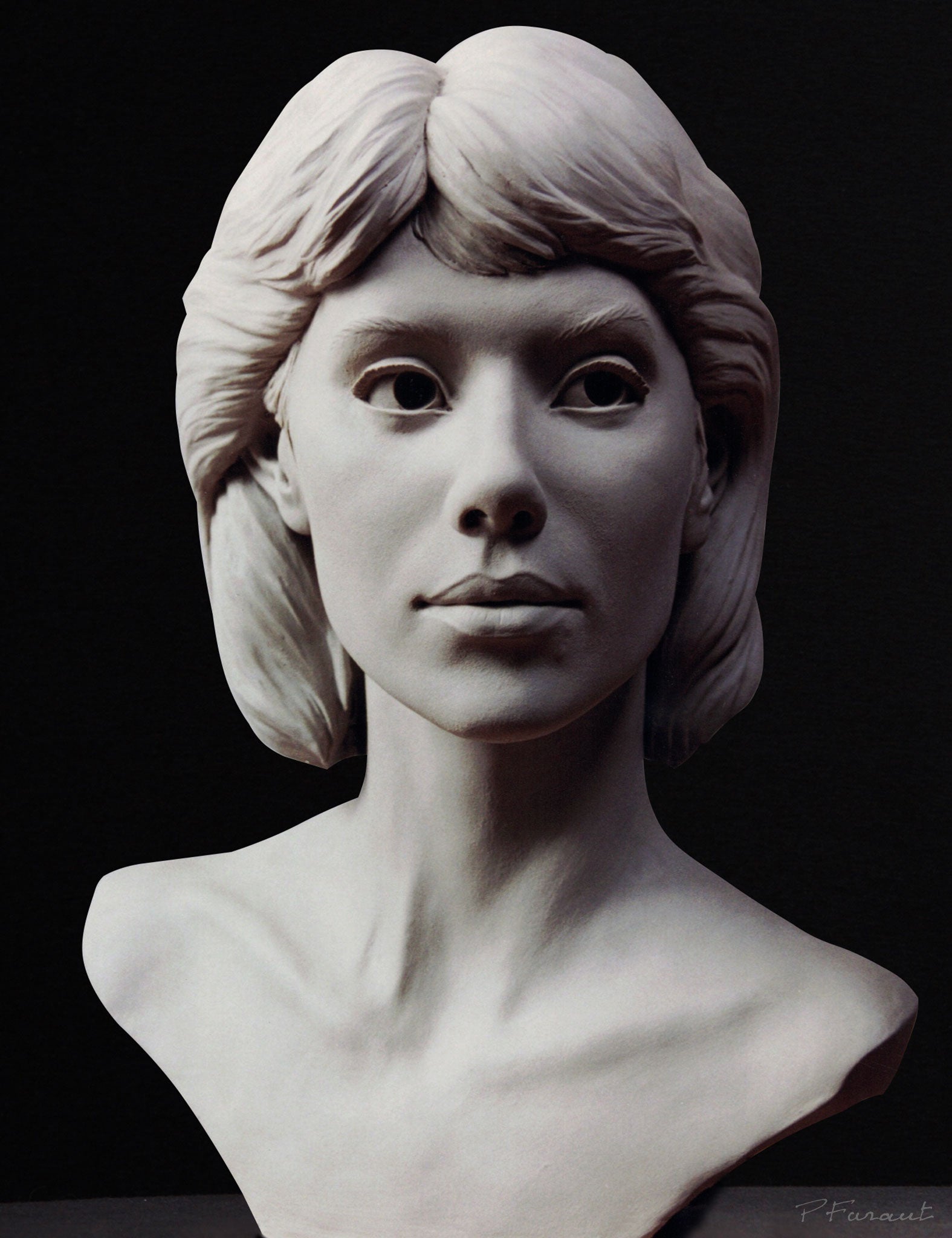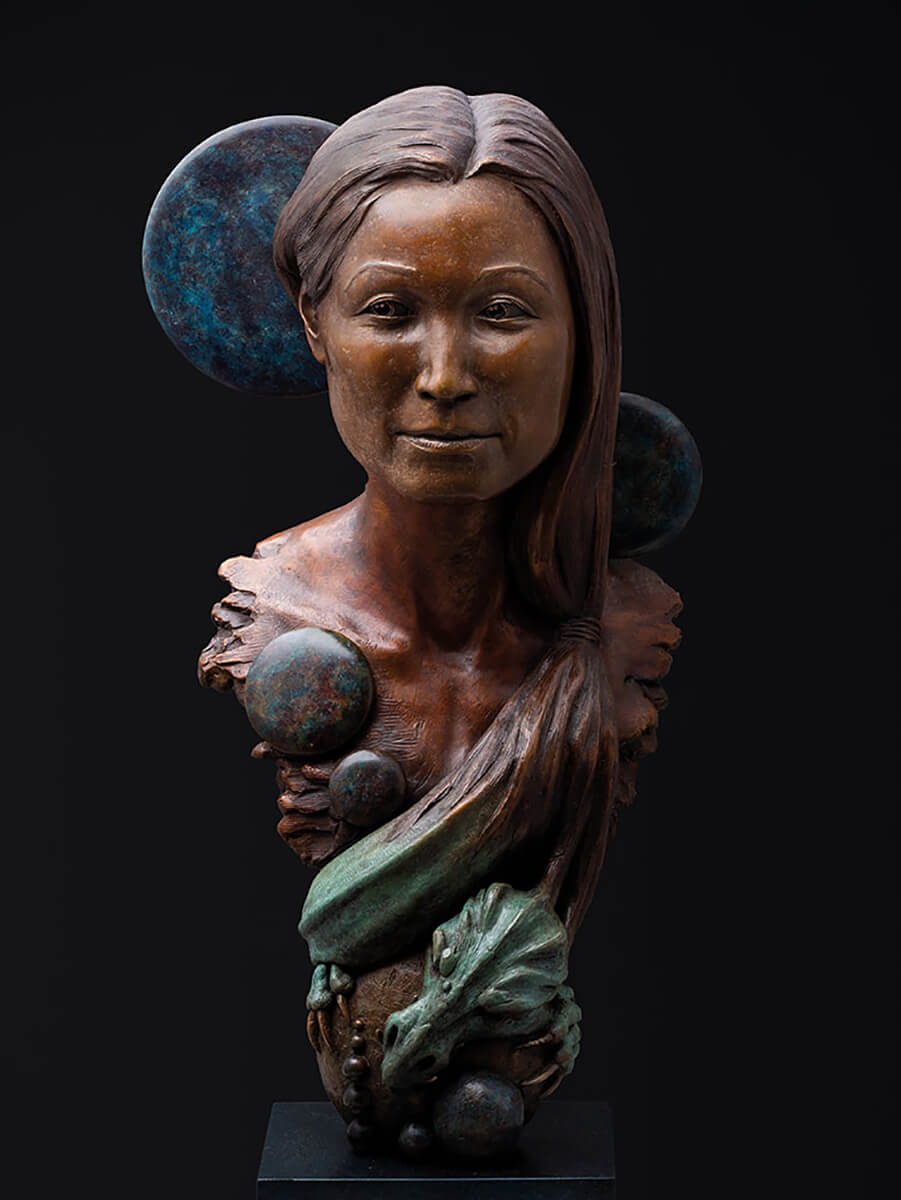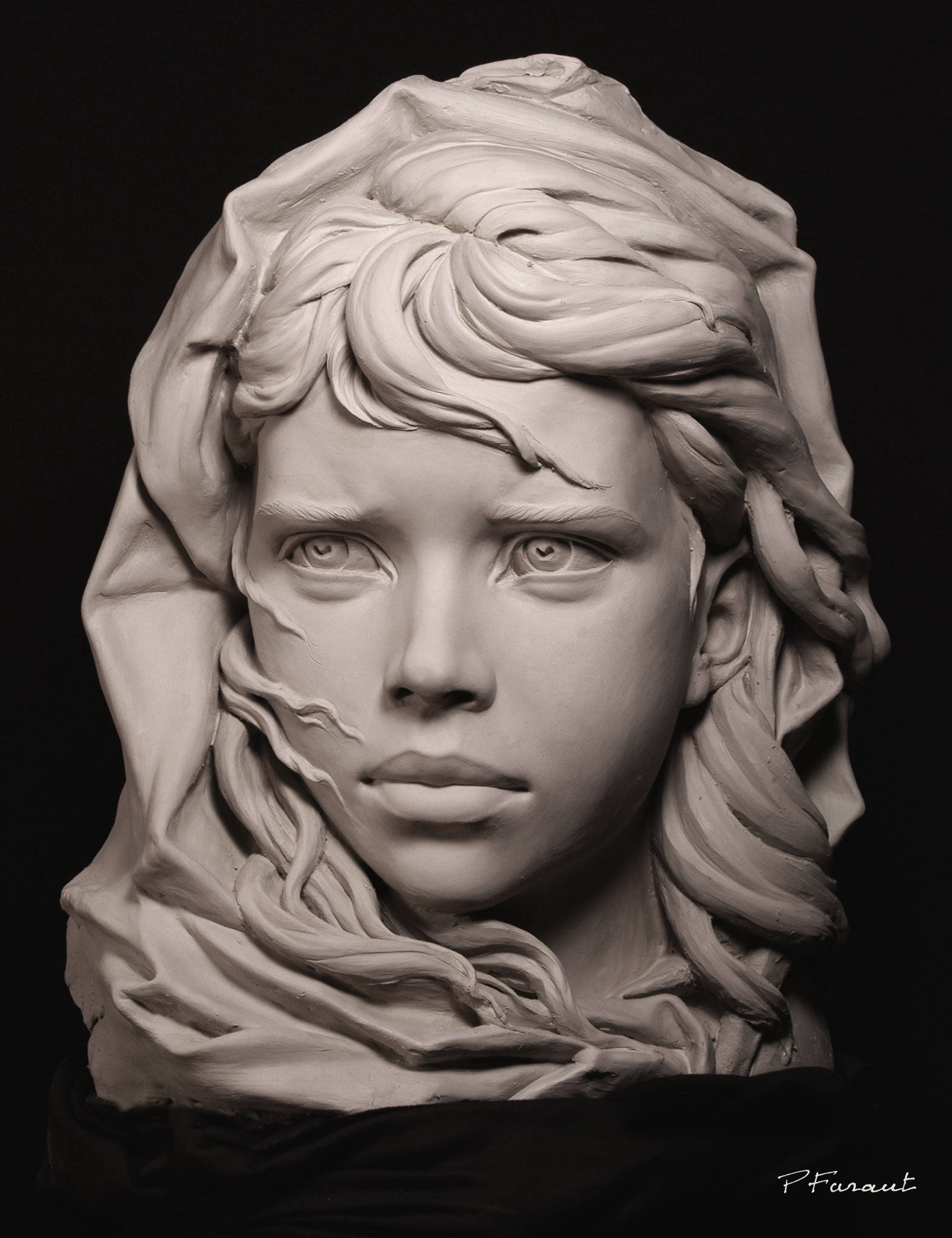Eternal Beauty in Bronze: Unveiling the Art of Bronze Sculptures
Wiki Article
The Advancement of Sculptures: From Old to Modern
The Development of Sculptures: From Ancient to Modern. Equine Sculptures.Sculpture, one of the earliest types of art, has actually been an essential part of human world for millennia. From the ancient human beings of Egypt and Greece to the contemporary era, sculptures have actually evolved, showing adjustments in artistic strategies, materials, and social impacts. This journey with time traces the growth of sculptures, exploring the changes stylishly, subject, and creative expression.
Starting with the old world, sculptures crafted from stone and later on bronze recorded the significance of divine beings, leaders, and everyday life. The Renaissance period experienced a rebirth of classical sculpting methods, as musicians looked for to replicate the elegant kinds of old Greek and Roman sculptures (Contemporary Sculptures). In the modern-day age, musicians tested conventional limits, welcoming abstraction and experimentation with brand-new materials
This exploration will dig right into the diverse advancement of sculptures, exposing the rich tapestry of imaginative expression across various periods and societies.

Ancient Sculptures: From Stone to Bronze
Old sculptures transitioned from being sculpted out of rock to being cast in bronze. Stone sculptures, while outstanding in their own right, were restricted by the nature of the product. Contemporary Sculptures.The intro of bronze as a medium for sculptures produced a revolution in creative expression. Bronze used artists the possibility to create detailed and lifelike types that were not feasible with stone. The procedure of casting bronze allowed for the development of several copies of a sculpture, making it possible for bigger circulation and conservation of these imaginative work of arts.
The change from rock to bronze additionally saw a change in the topic of sculptures. While stone sculptures predominantly portrayed gods, goddesses, and mythological numbers, bronze sculptures started to reflect a more comprehensive variety of topics, including day-to-day people and pets. This expansion of topic showcased the flexibility and flexibility of the bronze medium.
Renaissance Resurgence: Shaping in the Classic Style
The Renaissance revival of sculpture saw a revival in the timeless style, building upon the developments made during the shift from rock to bronze in old sculptures. Throughout this duration, artists looked for to recreate the classic aesthetic and perfects of elegance that prevailed in old Greek and Roman sculptures.One of the key features of the Renaissance resurgence was the emphasis on naturalism and the human kind. Carvers like Donatello and Michelangelo strove to record the anatomical details and expressions of their topics with unmatched precision. They researched the human body and incorporated their monitorings into their sculptures, causing natural and reasonable depictions.
Another vital aspect of the Renaissance rebirth was the exploration of viewpoint and depth. Musicians used strategies such as contrapposto, where the weight of the body is shifted away, creating a feeling of movement and dynamism. They additionally try out various materials, consisting of marble and bronze, to achieve a degree of class and intricacy in their sculptures.

Modernism and the Avant-Garde: Damaging Conventional Borders
During the Modernism and Avant-Garde activities, sculptors pressed the borders of conventional imaginative conventions. This period, which emerged in the late 19th and very early 20th centuries, saw a dramatic change in the way artists came close to sculpture. Declining the concept of art as plain imitation, modernist carvers looked for to discover new types, products, and concepts.
One of the crucial qualities of modernist sculpture was the focus on abstraction. Artists moved far from realistic depictions and rather focused on catching the essence of the subject through streamlined kinds and geometric shapes. This separation from conventional depiction permitted musicians to express their feelings and ideas in a more individual and subjective manner.

Contemporary Sculptures: Checking Out New Products and Concepts
With an emphasis on checking out new products and principles, contemporary sculptures have actually reinvented the area of art. Artists today are pushing the limits of conventional sculpture by making use of cutting-edge materials and experimenting with abstract principles. These sculptures test traditional concepts of form, significance, and materiality, inviting visitors to participate in a new and provocative creative experience.Contemporary sculptors are accepting a wide variety of products, including plastic, glass, metal, and also raw material. They are not restricted to the typical tool of stone or clay, enabling greater liberty of expression and experimentation. This shift towards unconventional products has opened new opportunities for artists to develop sculptures that are vibrant, interactive, and aesthetically striking.
In enhancement to discovering new materials, contemporary sculptures additionally explore facility and abstract principles. Musicians are currently discovering styles such as identity, social problems, and the atmosphere, using sculpture as a powerful tool for social discourse and self-contemplation. These sculptures test viewers to believe seriously and engage with art on a much deeper degree, sparking discussions and prompting emotional actions.
Global Impacts: Sculptural Customs From Around The Globe
Sculptural customs from different regions of the globe have dramatically formed the evolution of sculptures throughout background. The global impacts on sculpture have actually been diverse and have actually contributed to the splendor and variety of creative expressions. From the old people of Egypt, Greece, and Rome to the intricate makings of Eastern cultures, each area has actually developed its special sculptural customs that have influenced musicians throughout time.In old Egypt, sculptures were produced largely for religious and funerary purposes. The famous sculptures of gods and pharaohs, such as the Great Sphinx and the bust of Queen Nefertiti, display the Egyptians' proficiency of stone carving and their belief in the immortality.

In ancient Rome, sculpture served both political and artistic functions. Roman sculptures typically illustrated emperors, generals, and mythological numbers, mirroring the power and magnificence of the realm. The marble statuary of Augustus of Prima Porta and the monumental Arch of Constantine are noteworthy examples of Roman sculptural accomplishments.
Eastern sculptural practices, specifically in India, China, and Japan, have additionally had an extensive effect on the development of sculptures. Japanese sculptures, influenced by Buddhism, highlight simplicity and tranquility, seen in the serene statuaries of Buddha and the stylish art of bonsai.
The international influences on sculpture proceed to advance in the modern-day period. As we look to the future, it is certain that the international influences on sculpture will certainly continue to form and redefine this ancient art form.
Final Thought
Finally, the advancement of sculptures has seen a shift from ancient rock and bronze functions to the classic revival during the Renaissance. This was followed by the splitting of typical limits via modernism and the reference progressive motion. Today, modern sculptures check out brand-new materials and ideas, while also attracting ideas from worldwide sculptural traditions. The journey of sculptures mirrors the ever-changing artistic expressions and social impacts throughout history.From the old worlds of Egypt and Greece to the contemporary period, sculptures have actually developed, showing adjustments in artistic techniques, materials, and cultural impacts.Beginning with the ancient world, sculptures crafted from stone and later bronze caught the significance of divine beings, leaders, and everyday life.Ancient sculptures transitioned from being carved out of stone to being cast in bronze. While stone sculptures mainly shown gods, sirens, and mythological figures, bronze sculptures began to show a wider variety of topics, consisting of day-to-day individuals and pets.In conclusion, the development of sculptures has actually seen a change from old rock and bronze functions to the classic resurgence throughout the Renaissance.
Report this wiki page